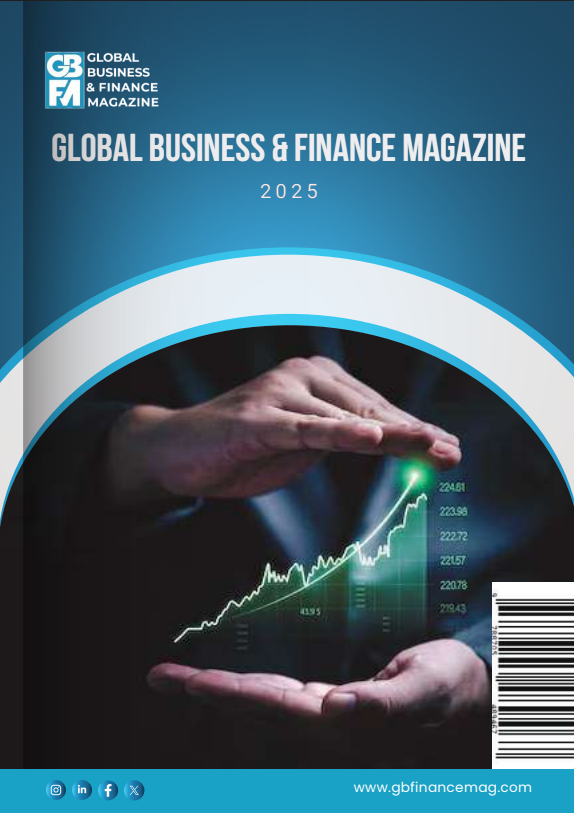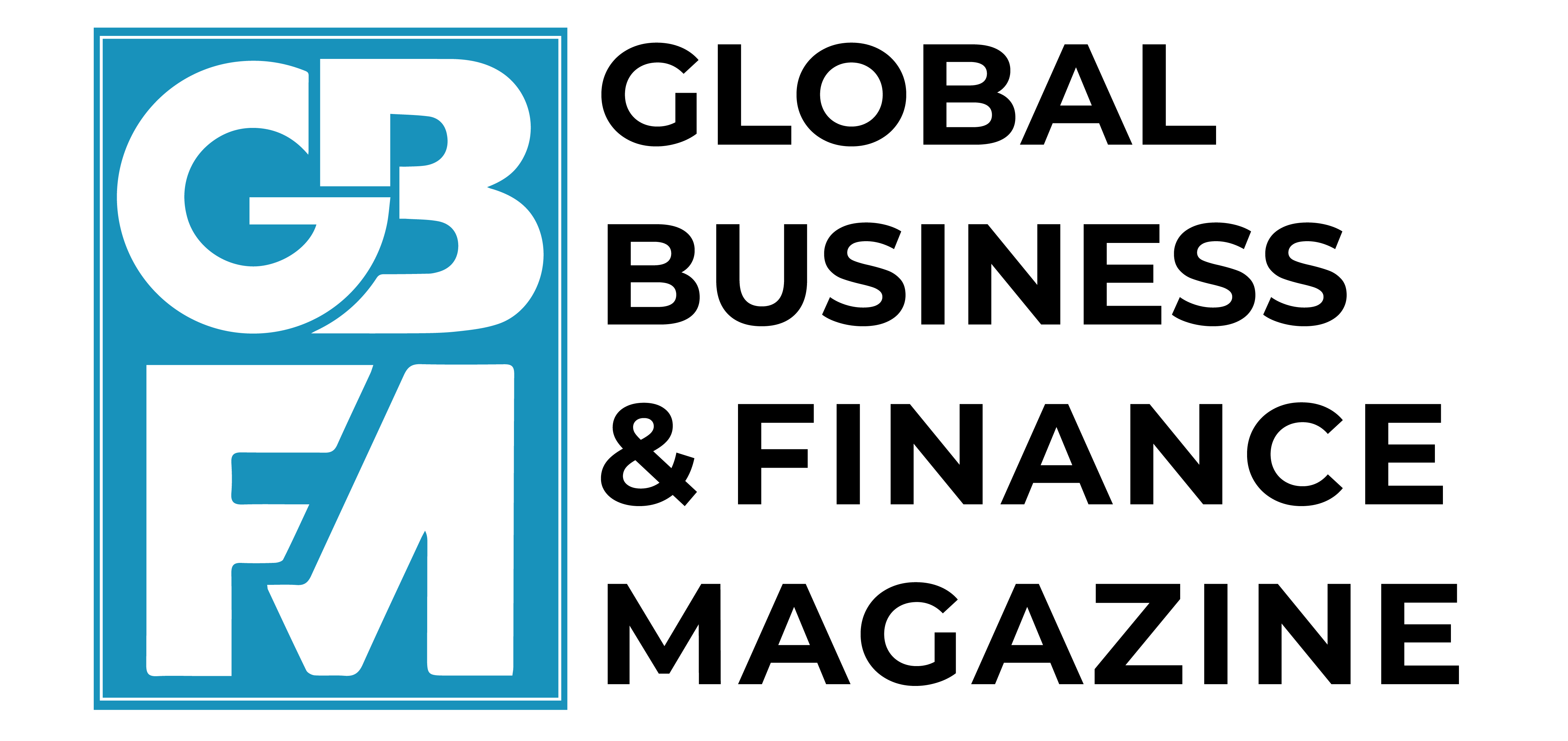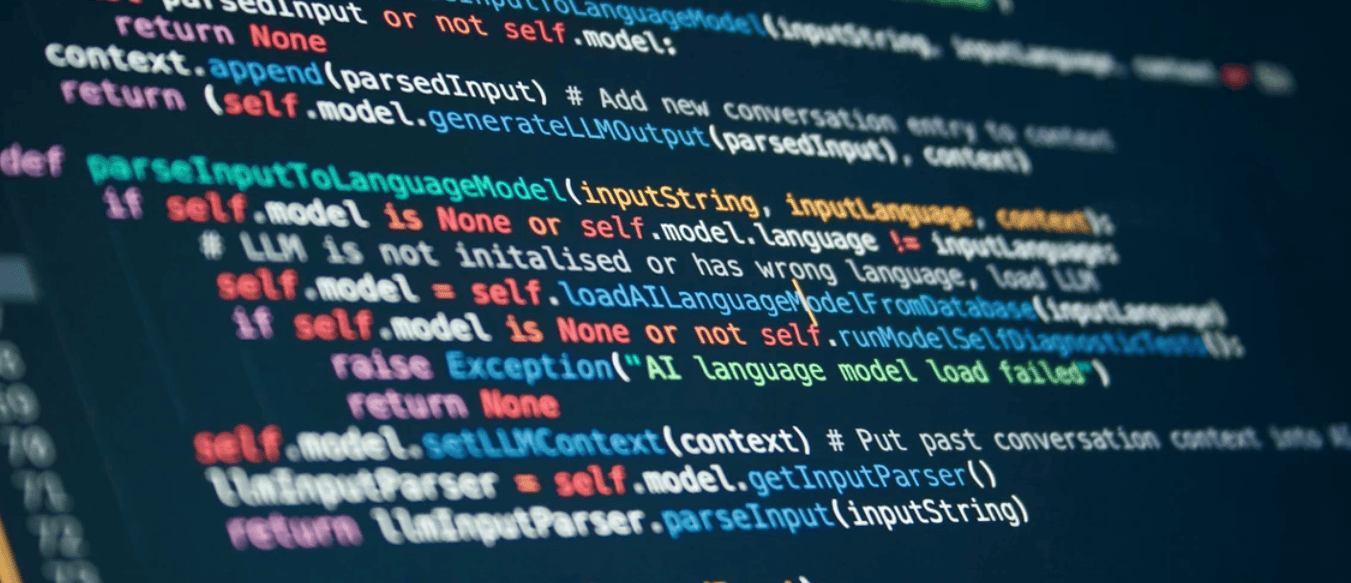The independence of monetary authorities from political interference is a foundational principle of modern central banking, and understanding whether threats to this independence affect expectations and beliefs is important. This column uses data from the Polymarket platform, where users trade on Federal Reserve interest rate decisions and possible replacement of Chair Powell, to examine how institutional credibility shapes investor expectations. Statements by Donald Trump casting the independence of the Federal Reserve into doubt translate into expectations of lower short-term interest rates but also higher long-term yields and greater expected recession risk.
A foundational principle of modern central banking is the independence of monetary authorities from political interference (Dall-Orto Mas et al. 2020, Romelli 2024, Lagarde 2025). A large literature concurs that central bank independence enhances the credibility of monetary policy, reduces inflation bias, and mitigates the risk of time-inconsistent policy decisions Kydland and Prescott 1977, Barro and Gordon 1983, Rogoff 1985).
While legal frameworks codify this autonomy (Cukierman et al. 1992, Dincer et al. 2024), it is widely appreciated that de jure and de facto central bank independence are not the same. Binder (2021) estimates that some 10% of central banks, including formally independent central banks, are subject to political pressure in a given year. This pressure is almost always directed toward loosening monetary policy.
Impact on expectations, consequences for policy
Other research points to possible consequences for policy. For example, Drechsel (2024) uses personal interactions between US presidents and Federal Reserve officials to show that political pressure strongly and persistently raises inflation and inflation expectations. Similarly, Bianchi et al. (2023) show that President Donald Trump’s 2018 Tweets criticising the Fed were associated with declines in interest rate futures.
Trump then repeated statements to this effect in his second presidential term starting in January 2025 and asserted that dismissing the Fed chair was a presidential prerogative. As Trump put it in a handwritten note to Fed Chair Jerome Powell posted to his social media site Truth Social in June, “You have cost the USA a fortune and continue to do so. You should lower that rate by a lot. Hundreds of billions of dollars are being lost.” Of the Federal Reserve Board, he wrote “If they were doing their job properly, our Country would be saving Trillions of Dollars in Interest Cost. . .We should be paying 1 percent interest, or better.” Of Powell, Trump told reporters in the Oval Office in April, “If I wanted him gone, believe me, he would be gone very quickly.”
Understanding whether such threats affect expectations and beliefs is important. The answer has implications for the credibility and impact of policy. If political pressure weakens confidence in the independence of the central bank, it can alter expectations about central bank action and hence the credibility of monetary policy.
Evidence from blockchain prediction markets
In a new paper (Eichengreen et al. 2025), we use high-frequency data from a decentralised blockchain prediction platform, Polymarket, where users trade on Federal Reserve interest rate decisions and possible replacement of Powell. Because trades are executed through publicly visible wallet addresses, we can trace user positions across the two contracts. That is, we observe positions on both contracts for the same individual. This allows us to test whether individual beliefs about central bank independence – measured via trading in the market on Powell’s potential removal – are linked to expectations about interest rates and related outcomes.
Figure 1 plots the price of the “Yes” token in the Polymarket contract “Jerome Powell out as Fed Chair in 2025.” It shows how Trump’s statements and tweets that Powell should resign or be removed coincide with sharp movements in the Polymarket-implied probability of Powell’s dismissal.
Figure 1 President Trump and Federal Reserve independence


Notes: This figure plots the price of the “Yes” token in the market “Jerome Powell out as Fed Chair in 2025?”. Key political events are annotated: on April 17, 2025, Trump stated, “Oh, he’ll leave. If I ask him, he’ll be out of there.” 3 On June 19, 2025, Trump stated, “Too Late—Powell is the WORST. A real dummy, who’s costing America Billions! …Powell should cut rates or quit.”4 On July 16, 2025, Trump reportedly waved a draft letter firing Jerome H. Powell during a meeting in the Oval Office with House Republicans.
To test for the impact on monetary policy expectations, we use Polymarket contracts enabling users to trade on the outcome of the next regularly scheduled Federal Open Market Committee (FOMC) meeting. For each meeting, the price of the “Yes” token reflects the implied probability of a specific rate outcome, such as a 25 basis point cut. We show that the implied probabilities track those derived from CME Fed Funds futures, suggesting that Polymarket prices respond to macroeconomic news and aggregate policy expectations in a manner consistent with conventional benchmarks.
For each wallet and FOMC event, we observe net directional exposure to discrete interest rate outcomes and treat these positions as revealed beliefs. Building on the ideal point estimation framework of Clinton et al. (2004), we model the probability that an agent takes a position in a given market as a function of the alignment between their latent monetary policy stance, as represented by a continuous ‘hawk-dove’ score, and the directional implication of the market.
Findings
Figure 2 for July 2025 shows a suggestive correlation between the Polymarket implied probability of Powell’s firing and expected FOMC outcomes. Regression analysis on individual wallet data for the March, May, and June 2025 FOMC meetings confirms the relationship. Agents who bet on Powell’s dismissal exhibit more dovish stance scores – that is, they expect lower short-term interest rates. This pattern holds after controlling for wallet-level characteristics such as trading volume, collateral use, and profitability. An interpretation is that political threats that are perceived as weakening central bank independence increase the perceived likelihood that policymakers will succumb to pressure to reduce interest rates. Such threats diminish the credibility of monetary policy.
Figure 2 Polymarket-implied FOMC probabilities and Trump’s draft firing letter


Notes: This figure shows Polymarket-implied probabilities for “Jerome Powell out as Fed Chair in 2025?” (upper panel) and the Polymarket-implied probabilities of a 25 bps and a 50 bps rate cut for the July 2025 FOMC meeting (lower panel). On 16 July, 2025, President Trump reportedly waved a draft letter firing Jerome H. Powell during a meeting in the Oval Office with House Republicans. On July 16, 2025, at 13:11 PM, Rep. Anna Paulina Luna first tweeted that President Trump was “firing” Jerome H. Powell (https://x.com/RepLuna/status/1945291045744378153), referencing a draft termination letter reportedly presented during a meeting in the Oval Office with House Republicans.
Polymarket also offers contracts on 10-year US Treasury yields, US recession risk in 2025, and low inflation. We find that agents who bet on Powell’s dismissal anticipate higher long-term Treasury yields, despite also anticipating lower short-term rates. They anticipate greater long-term recession risk, as if they view threats to central bank independence as macroeconomically disruptive. These results are consistent with concerns that threats to central bank independence reduce monetary policy credibility and increase macroeconomic instability.
Inflation expectations also vary across belief groups, but in a more nuanced way. Individuals who bet against Powell being removed are more likely to expect low inflation outcomes. This pattern is consistent with theories where central bank independence is expected to result in low inflation due to enhanced policy credibility. Interestingly, agents betting on Powell’s removal do not anticipate high inflation outcomes; the coefficient on agents taking this position is insignificantly different from zero in regressions for expected inflation contracts. A possible interpretation is that any impact of Powell’s expected removal on inflation is offset by other anti-inflationary effects, such as recession risk.
Conclusion
Our study shows how Polymarket offers a setting in which to study individual investor beliefs using real-time, high-frequency data. Its blockchain-based transparency allows us to link measures of monetary policy expectations to beliefs about central bank independence at the individual agent/wallet level.
These data allow us to derive new evidence about how institutional credibility shapes investor expectations. We show that Donald Trump’s statements casting the independence of the Federal Reserve into doubt translate into expectations of lower short-term interest rates but also higher long-term yields and greater expected recession risk.
From a practical policy standpoint, these findings highlight the risks of political interference in central bank decision making. They underscore the importance of central bank independence as a foundation for sound, stable, and credible monetary policy.
Source : VOXeu



































































